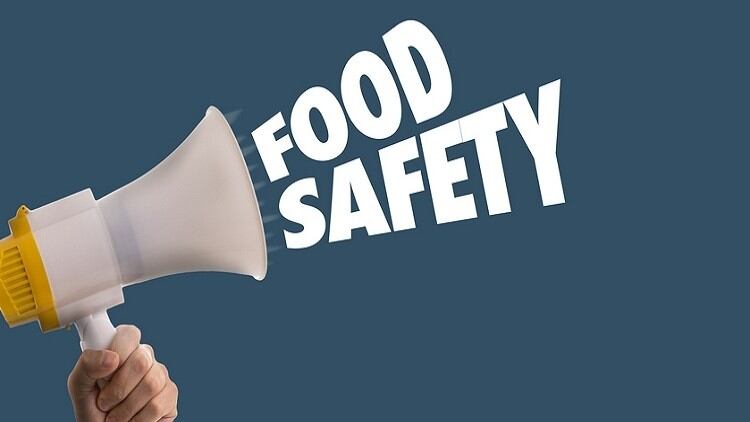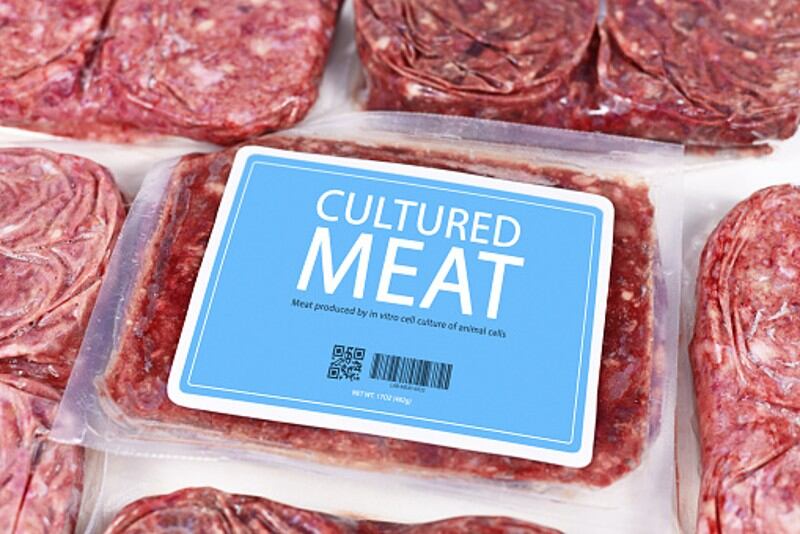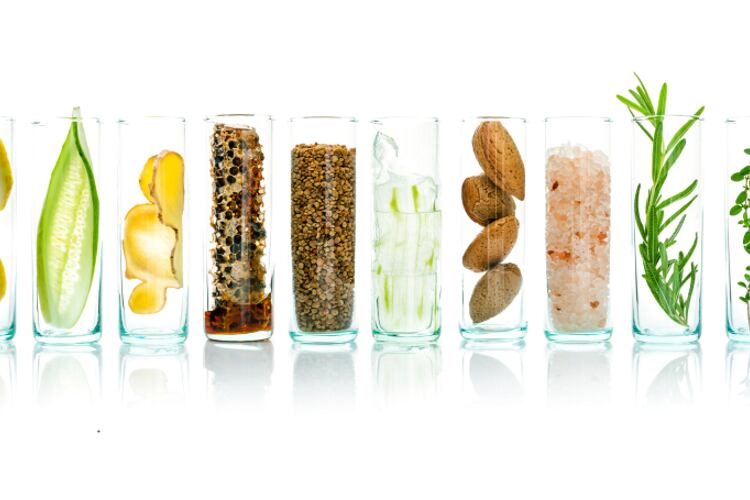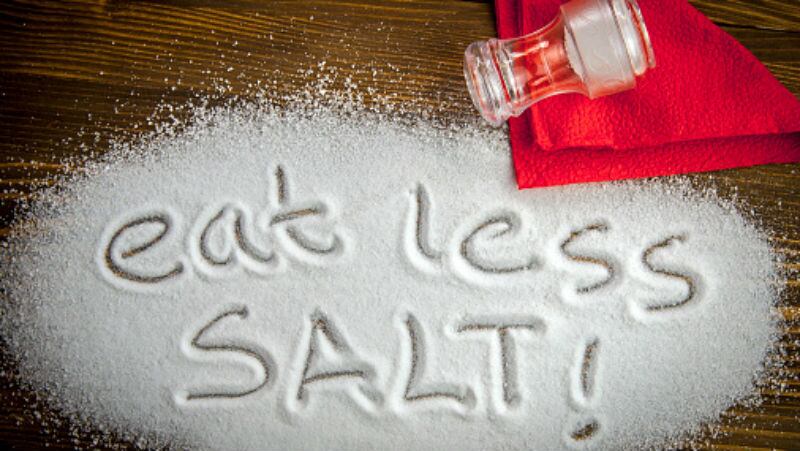E-commerce evaluation: Japan emphasises expiry dates and allergens for new online food rules
The Japanese government has drafted a new set of labelling guidelines specifically targeted at regulating foods and beverages sold online, with emphasis on the displaying of expiration dates and food allergens.
The initiative is being overseen by Japan’s Consumer Affairs Agency (CAA) in response to the rapid rise of online platform sales in recent years, fuelled by the COVID-19 pandemic.
The guidelines were based on a survey conducted by the CAA in Japan last year to understand consumer requirements and any discrepancies between foods and beverages sold via e-commerce and the actual conditions of these upon arrival.
“In recent years, food product purchases via e-commerce sites have been steadily increasing, a trend accelerated by the COVID-19 pandemic – but on the other hand, food labelling standards in Japan do not cover the display and publishing of food-related information on these websites,” said the CAA via a formal statement.
Safeguarding supplies: Annual food recalls drop from 109 to 80 in Australia in 2021
Food recalls in Australia dropped last year from 109 to 80, according to new data released by the regulator Food Standards Australia New Zealand (FSANZ).
Almost half of these were due to undeclared allergens, with other reasons including microbial contamination (19), foreign matter (5) and incorrect labelling (3).
At the same time, the organisation published an analysis of annual food recall statistics for the last 10 years, including the new data for 2021.
It detailed there had been 776 recalls between 2012 and 2021.
Microplastic misery: Researchers warn of risk to food supplies after new Australia study
Broken-down microplastics have been found in blue mussels and water within the intertidal zone at some in southern Australia’s, sparking fears they are now finding their way into food supplies.
Researchers from Flinders University warned that this could affect wild-caught and ocean-farmed fish and seafood sourced from the once pristine Southern Ocean and gulf waters of South Australia.
“Our findings shed light on the urgent need to prevent microplastic pollution by working with the communities, industries and government to protect these fragile marine systems,” says Professor Karen Burke da Silva, senior author of a new article just published in Science of the Total Environment.
Test failures: US, German-made synbiotics, lutein recalled after failing South Korea's inspection
South Korea’s Ministry of Food and Drug Safety (MFDS) reported that synbiotics and lutein products made in the US and Germany have failed capsule disintegration tests in its latest inspection.
The regulator has recalled these products from the shelves.
It conducted an inspection between April 11 and 22 on both local health functional foods manufacturers and imported products, as that is usually the season when Koreans shop for Parents’ Day gifts. Health functional food such as red ginseng, probiotics, and multi-nutrient products are the common gifting options.
A total of 160 products already distributed within the country were inspected.
New Zealand dairy farming’s water use under scrutiny
New Zealand is facing new questions about the impact of its dairy system after research claimed that every litre of dairy milk produced in Canterbury can require up to 11,000 litres of water to dilute the pollution from its production.
Analysis carried out by the Institute for Governance and Policy Studies at Victoria University of Wellington and published in the Australasian Journal of Environmental Management, revealed the nitrate grey water footprint for Canterbury ranged from 433 to 11,110 litres of water per litre of milk, depending on the water standards applied.
Lead author Dr Mike Joy said: “This footprint is higher than many estimates for global milk production, and reveals that footprints are very dependent on inputs [such as feed and fertiliser] included in the analyses and on the water quality standards applied to the receiving water.”





